Arroz con Coco, or coconut rice, is a beloved dish in Caribbean cuisine, offering a delightful combination of creamy coconut and tender rice. This dish has gained popularity worldwide due to its rich flavor and versatility. Whether you’re looking to explore new culinary traditions or add a tropical twist to your meals, Arroz con Coco is a must-try.
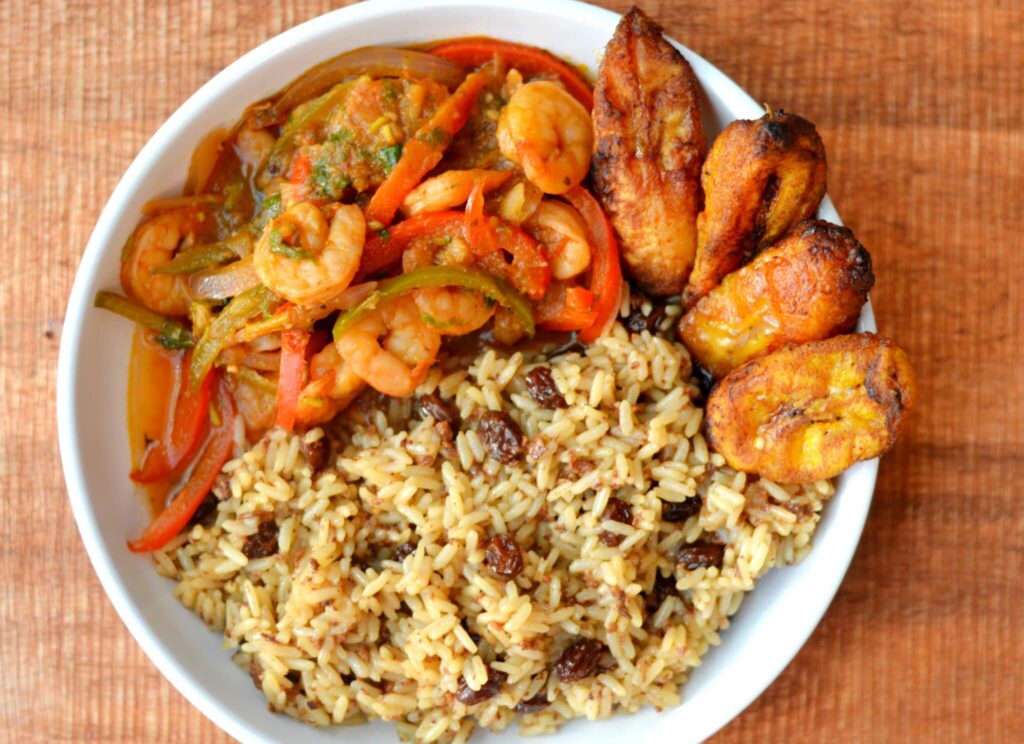
History and Cultural Significance
Arroz con Coco has deep roots in Caribbean culture, particularly in countries like Colombia, Panama, and the Dominican Republic. Its origins can be traced back to the Afro-Caribbean communities, where coconuts and rice were staple ingredients. The dish symbolizes the blending of indigenous, African, and Spanish culinary traditions, making it a representation of the region’s diverse heritage.

In Colombia, especially in the coastal regions, Arroz con Coco is often seen as a festive dish, prepared for special occasions and celebrations. It holds a place of pride in the Afro-Colombian culinary repertoire. The dish is not only a testament to the resourcefulness of these communities in using available ingredients but also a celebration of their cultural identity.
In Panama, Arroz con Coco is integral to the culinary landscape, particularly in the provinces of Colón and Bocas del Toro. It is often prepared during Carnival and other significant cultural events, symbolizing the rich Afro-Panamanian heritage. The use of coconut milk in this dish highlights the importance of coconut in the local diet and its availability in the region.
Regional Variations in the Caribbean
Each Caribbean country has its unique take on Arroz con Coco. In Colombia’s coastal regions, it is often served with fried fish and plantains, while in the Dominican Republic, it might be paired with savory stews. These regional variations highlight the adaptability of the dish and the creativity of Caribbean cooks in incorporating local ingredients and flavors.
In Jamaica, a variation known as “Rice and Peas” includes red kidney beans (referred to as peas) and is cooked with coconut milk, thyme, and scallions. This dish is a Sunday dinner staple and is usually served alongside jerk chicken or pork.
In Puerto Rico, “Arroz con Coco y Pescado” is a popular variation where the coconut rice is accompanied by fish cooked in coconut milk. This combination showcases the island’s bounty of seafood and its love for coconut-based dishes.
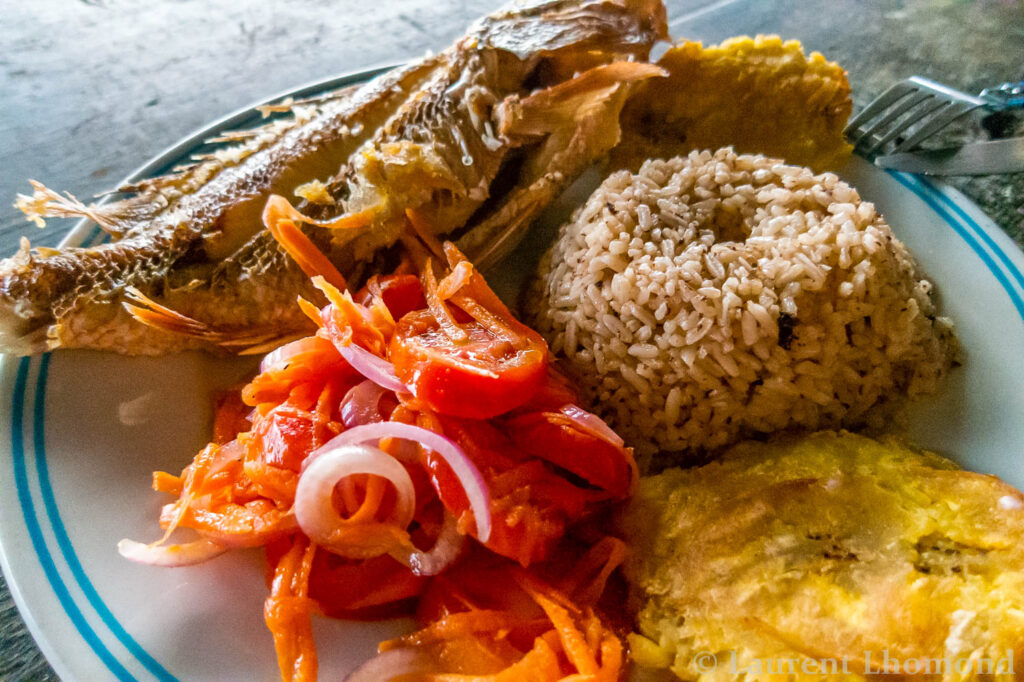
Essential Ingredients
To create an authentic Arroz con Coco, certain key ingredients are essential. These ingredients ensure the dish maintains its traditional flavor and texture, providing an authentic Caribbean culinary experience.
Main Ingredients
Rice: Long-grain white rice is typically used for its ability to absorb the coconut milk without becoming too sticky. Basmati or jasmine rice can also be used for their aromatic qualities and slightly different textures.
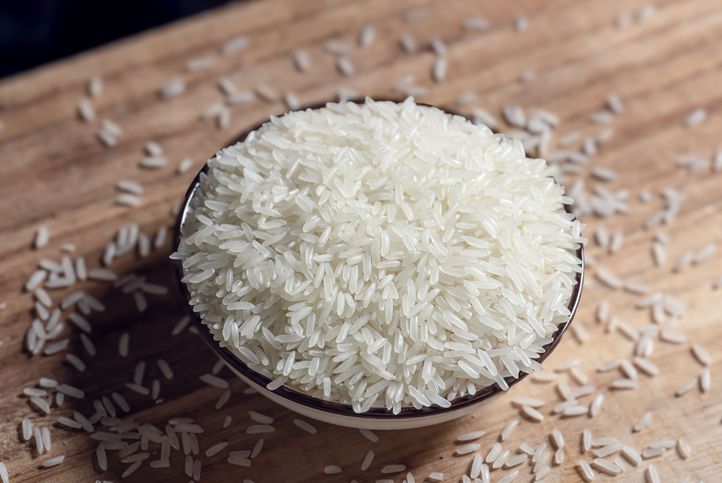
Coconut Milk: Freshly squeezed coconut milk is preferred for its rich flavor, but canned coconut milk can be a convenient alternative. The quality of coconut milk can significantly impact the dish, so choosing a high-quality brand or making it from scratch is recommended.

Salt: A small amount of salt enhances the natural sweetness of the coconut milk and balances the overall flavor.

Sugar: Depending on the regional recipe, a bit of sugar might be added to enhance the dish’s sweetness. Brown sugar or panela (unrefined cane sugar) can add a deeper, more complex flavor.

Optional Additions
- Raisins: Adding raisins can provide a contrasting sweet note and a chewy texture. They are often soaked in warm water or rum to plump them up before adding to the rice.
- Coconut Flakes: Toasted coconut flakes can be sprinkled on top for added crunch and flavor. This garnish not only adds texture but also intensifies the coconut aroma.
- Aromatics: Ingredients like garlic, onions, or bell peppers can be sautéed and mixed into the rice for a savory variation. These aromatics can add depth and complexity to the dish.
- Herbs and Spices: Fresh cilantro, cumin, or bay leaves can add depth to the dish. Cilantro provides a fresh, herbaceous note, while cumin and bay leaves add warmth and earthiness.
Preparation Methods
The preparation of Arroz con Coco can vary, with traditional methods passed down through generations and modern adaptations making the dish more accessible to home cooks.
Traditional Cooking Techniques
Traditionally, Arroz con Coco is cooked using fresh coconut milk extracted from grated coconuts. The process involves simmering the rice in coconut milk until it is fully absorbed, resulting in a creamy and flavorful dish. This method requires patience and attention to detail to ensure the rice cooks evenly and the coconut milk does not scorch.

To make fresh coconut milk, the flesh of mature coconuts is grated and soaked in warm water. The mixture is then squeezed through a cheesecloth or fine sieve to extract the milk. This fresh coconut milk is rich and creamy, imparting an authentic flavor to the rice.
Cooking the rice involves first sautéing aromatics like onions and garlic in oil until they are fragrant. The rice is then added and toasted briefly before adding the coconut milk and water. The mixture is brought to a boil, then simmered gently until the rice is tender and the liquid is absorbed.
Modern Adaptations
Modern recipes often simplify the process by using canned coconut milk, which is readily available and convenient. Some adaptations also involve using a rice cooker or Instant Pot, which can streamline the cooking process and ensure consistent results. Despite these modern conveniences, the essence of the dish remains the same, celebrating the rich flavors of coconut and rice.
For a quicker preparation, using pre-washed rice can save time. Additionally, canned coconut milk can be enhanced with a bit of coconut cream for a richer texture. Using kitchen gadgets like a rice cooker or Instant Pot allows for precise control over the cooking process, ensuring perfectly cooked rice every time.

Nutritional Information
Arroz con Coco is not only delicious but also offers several nutritional benefits, particularly due to its key ingredient, coconut milk.
Caloric Content
The caloric content of Arroz con Coco can vary based on the recipe and portion size. On average, a serving of Arroz con Coco provides approximately 200-250 calories, with the majority coming from carbohydrates and fats. The use of coconut milk contributes to the dish’s caloric density, making it a satisfying and energy-rich meal.
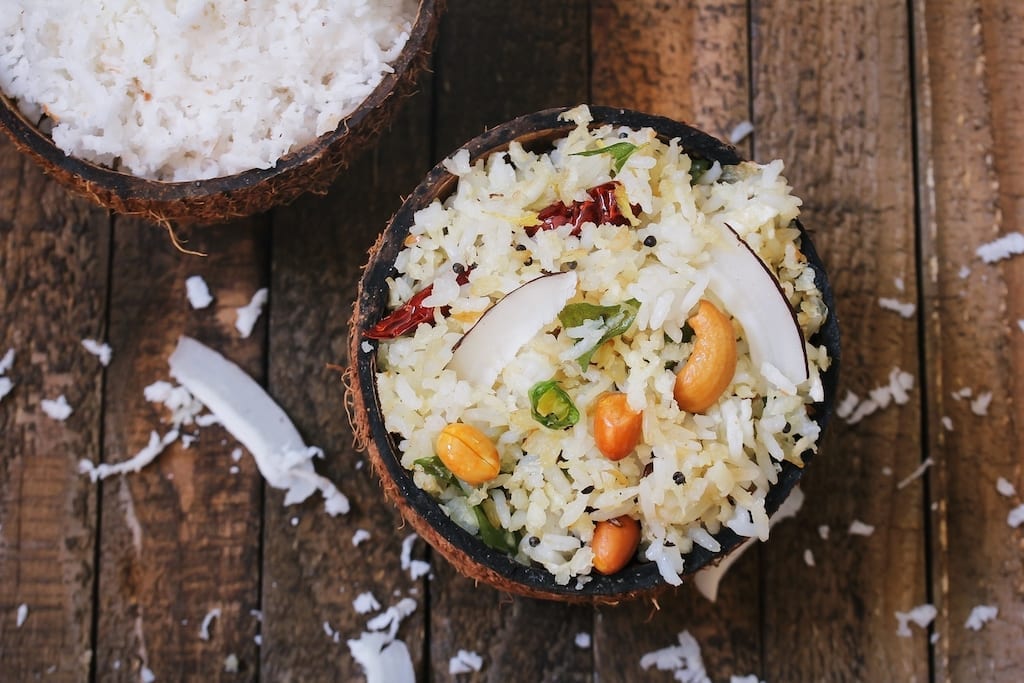
Health Benefits of Coconut Milk and Rice
Coconut milk is a source of healthy fats, particularly medium-chain triglycerides (MCTs), which are known for their potential to boost metabolism and provide a quick source of energy. Additionally, coconut milk contains lauric acid, which has antimicrobial properties. Rice, on the other hand, is a good source of carbohydrates, providing sustained energy. When combined, these ingredients offer a balanced dish that can be both nourishing and indulgent.
Coconut milk also contains essential vitamins and minerals such as vitamin C, E, B vitamins, iron, selenium, and magnesium. These nutrients contribute to immune health, skin health, and overall well-being. The medium-chain fatty acids in coconut milk are easily digestible and can be converted into energy quickly, making it a good option for those needing a quick energy boost.
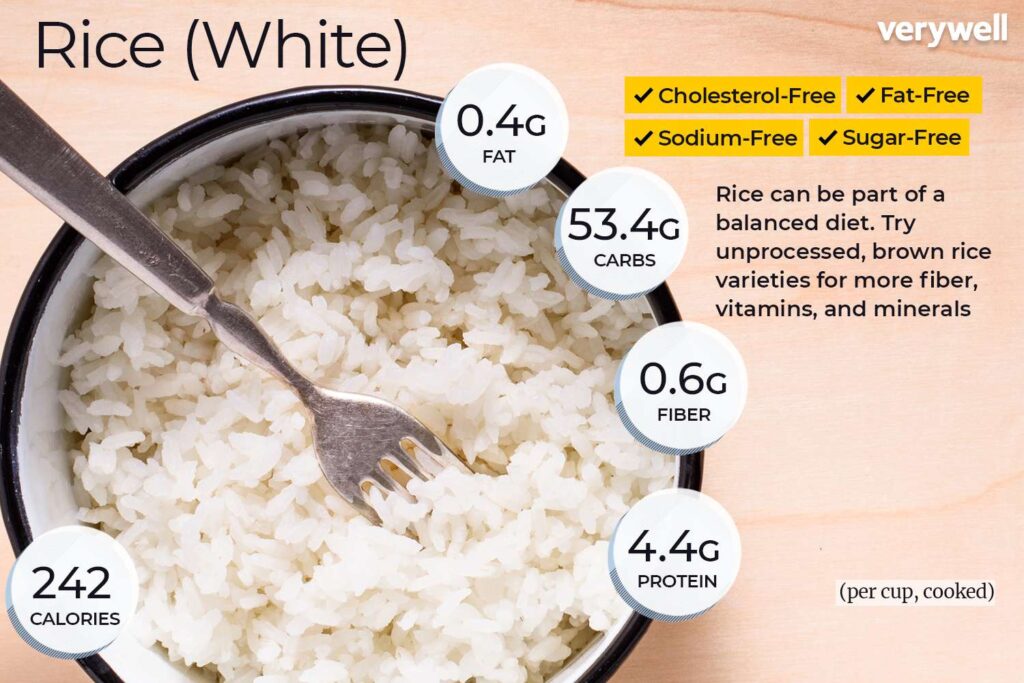
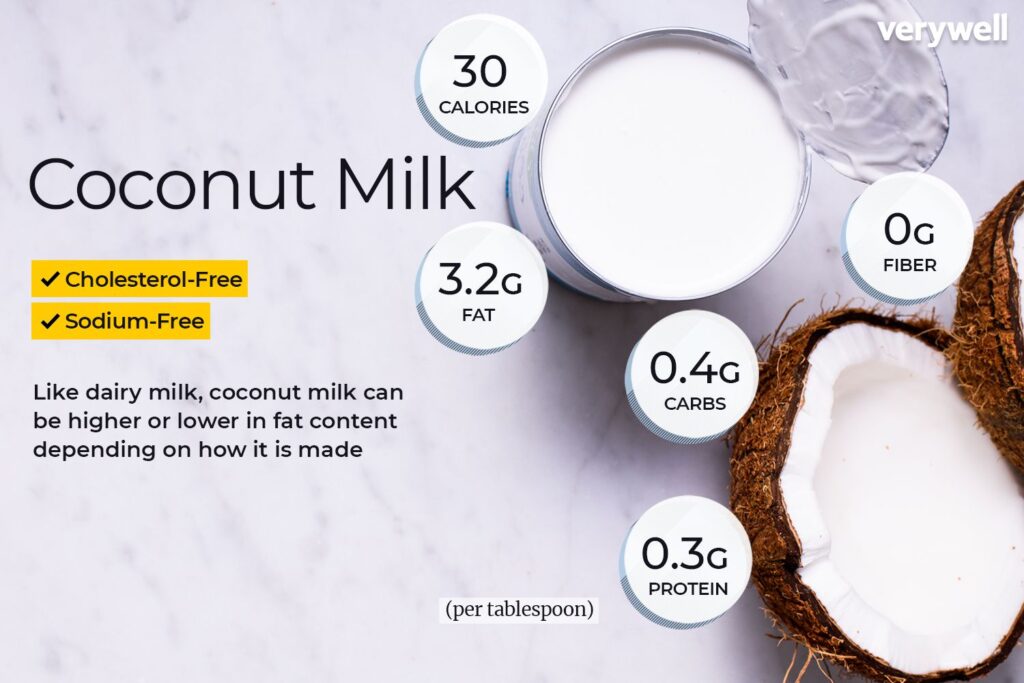
Rice is a versatile grain that complements the richness of coconut milk. It provides essential carbohydrates for energy and contains small amounts of protein and fiber. When consumed in moderation, rice can be part of a balanced diet, providing necessary fuel for the body’s daily activities.
Disclosure: Our blog contains affiliate links to products. We may receive a commission for purchases made through these links. However, this does not impact our reviews and comparisons. We try our best to keep things fair and balanced, in order to help you make the best choice for you.
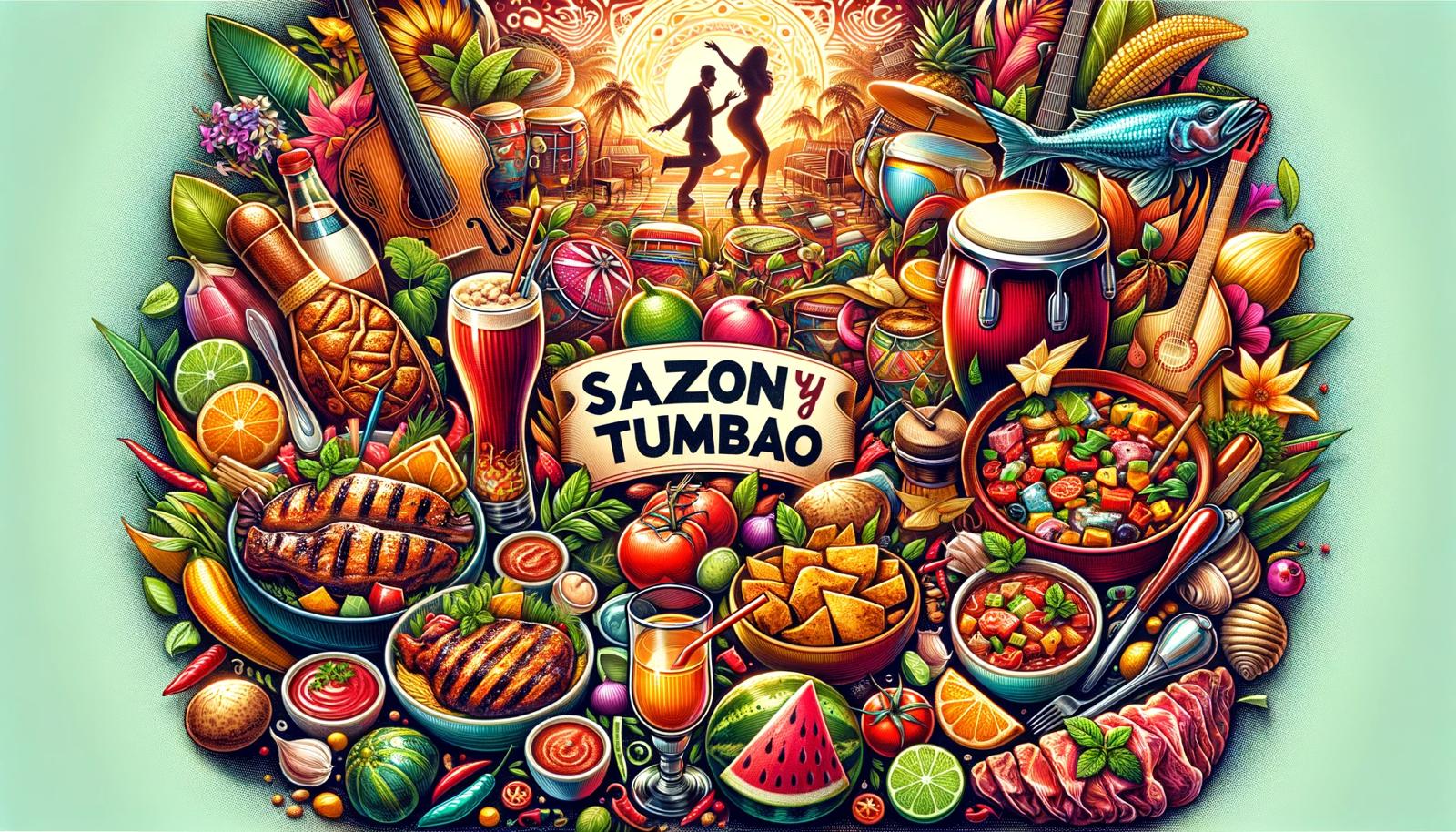

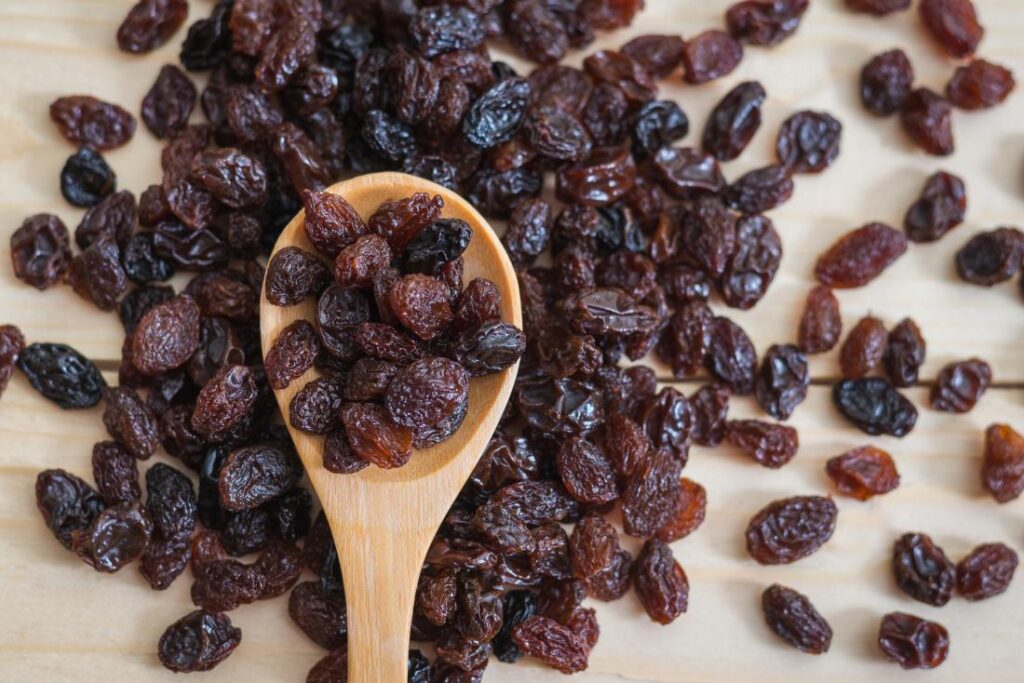
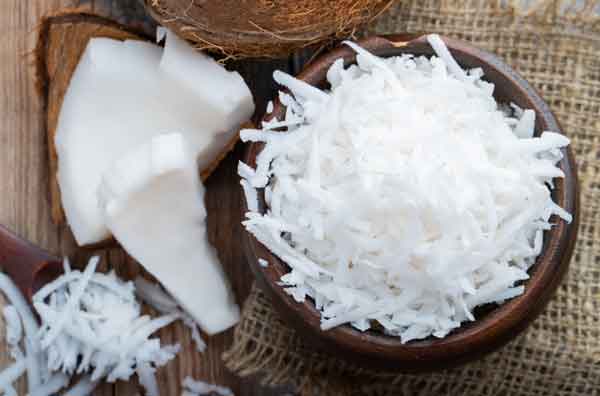
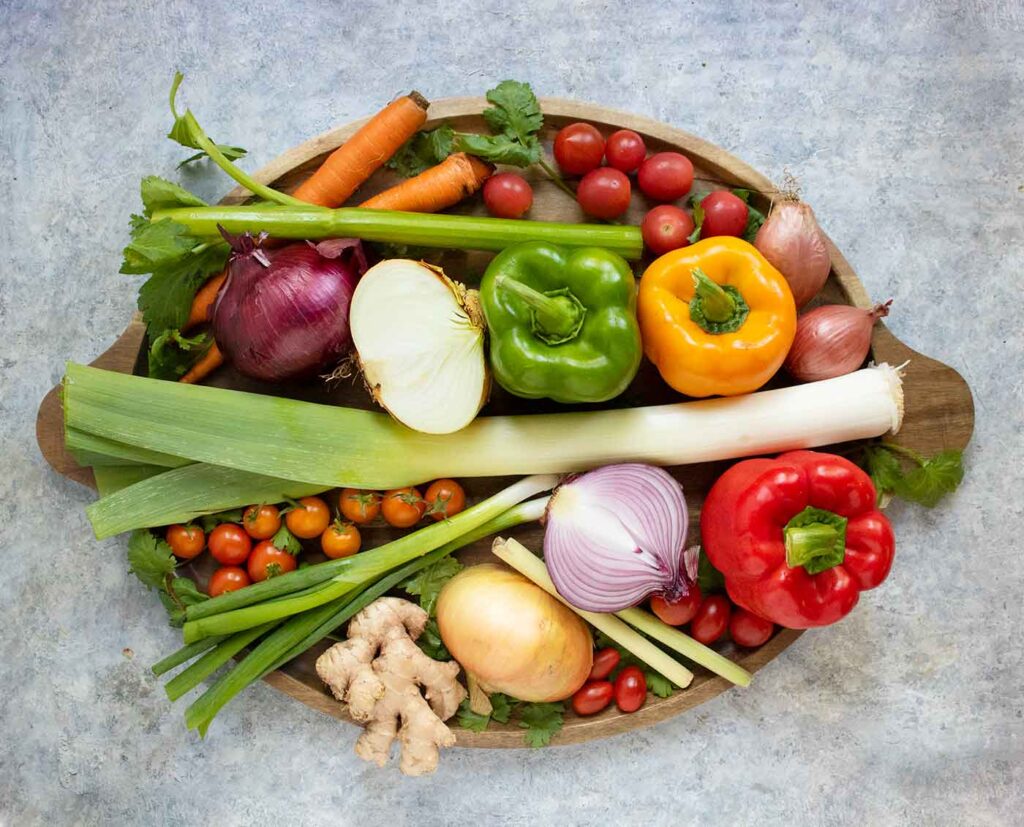



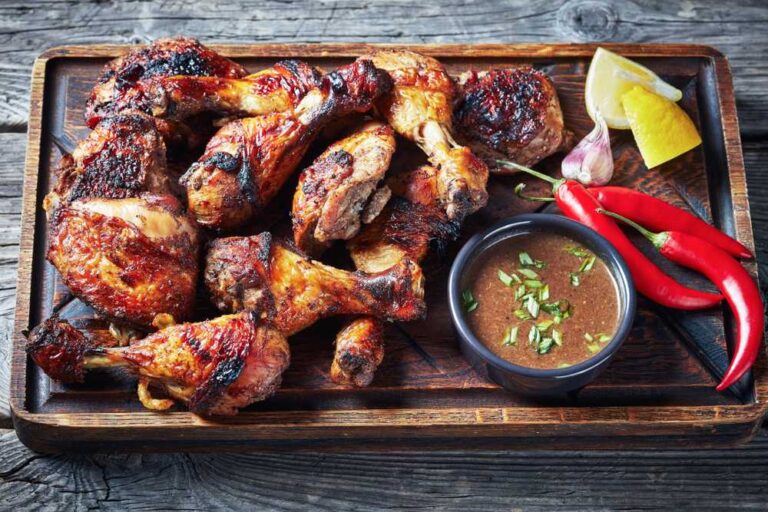
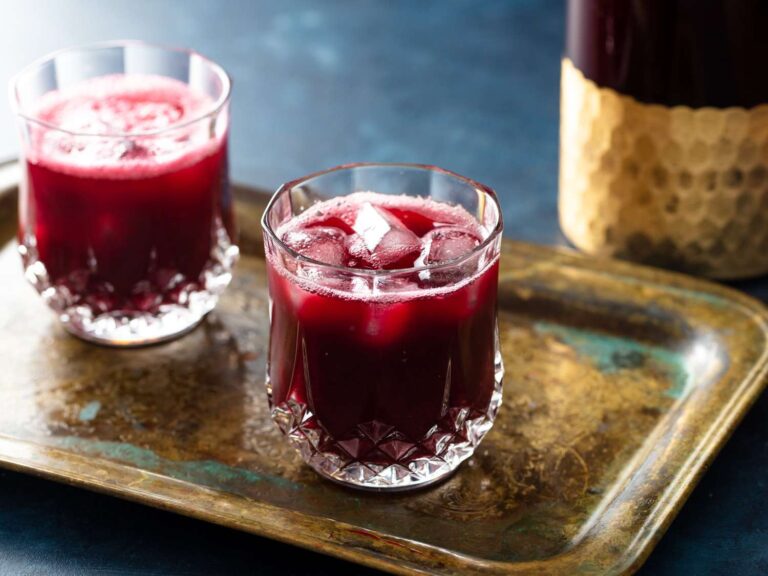
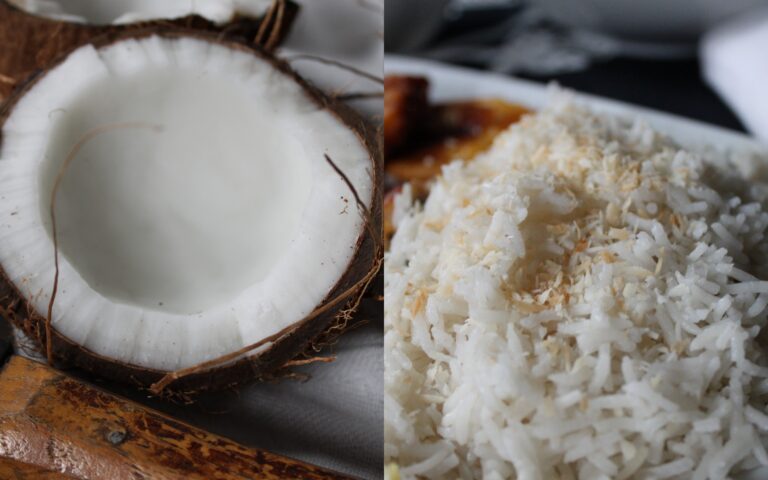

One Comment